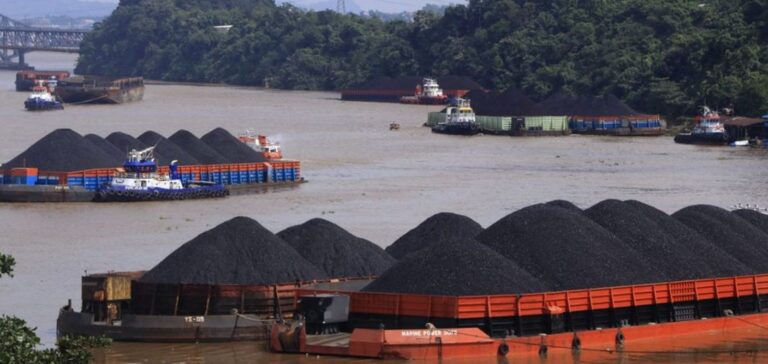A group of wealthy countries and international institutions have pledged to provide Indonesia, the fourth largest country in the world, with
the world’s most populous country, $20 billion to reduce its dependence on coal and achieve carbon neutrality ten years ahead of schedule.
The United States, France, Canada and the United Kingdom are among the group of wealthy countries contributing to the investment plan, announced by the White House on Tuesday on the sidelines of the G20 summit of major economies on the Indonesian island of Bali.
It follows a $98 billion deal for South Africa, Africa’s leading industrial power.
This agreement will allow Indonesia to advance its carbon neutrality goal by ten years to 2050.
The financing obtained over a period of three to five years is shared equally between the public and private sectors, in the form of grants, credit guarantees or private investments.
The principle of this mechanism was launched on Monday at a ceremony in Bali.
It had been presented by the Indonesian Minister of Finance Sri Muliani Indrawati as “an extraordinary step” sending “a very strong signal not only in the Pacific but in the whole world”.
“Indonesia is home to nearly 300 million people, tens of millions of whom are at risk of natural disasters due to climate change, especially those living in low-lying areas” in this archipelago of 17,000 islands, she stressed during the ceremony.
She said she hoped that her country could thus “accelerate the transition to renewable energy”, anticipating the closure of coal-fired power plants, while acknowledging that this was “not easy”, particularly because of the costs.
According to her, the Indonesian government has identified several coal-fired power plants that can be shut down with a total capacity of 15 gigawatts.






















